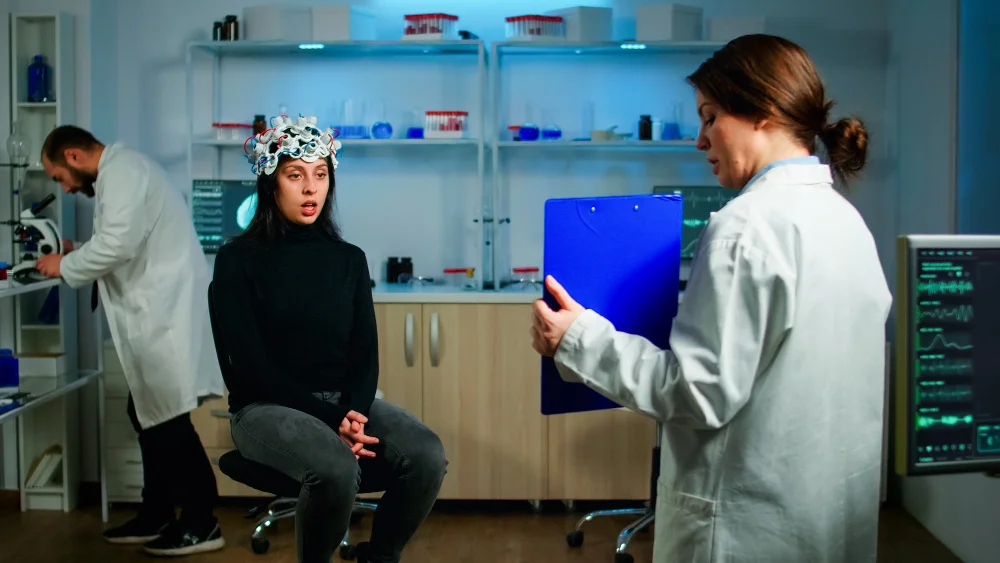Introduction
Mizukando is an ancient Japanese practice that has become a global phenomenon. Rooted in harmony with nature, water, and mindfulness, Mizukando offers a holistic approach to well-being. It combines age-old traditions with modern wellness techniques to help individuals achieve balance, peace, and improved health. In this article, we will explore the origins, principles, and practical applications of Mizukando, as well as its impact on physical and emotional well-being.
What is Mizukando?
Mizukando is a Japanese practice that emphasizes the importance of water in maintaining health and well-being. The name “Mizukando” comes from two Japanese words: mizu (water) and kando (way of life). This practice involves a series of rituals, water therapy, and mindfulness techniques that aim to enhance both physical and mental health. At its core, Mizukando seeks to deepen our connection with nature and water, fostering a more balanced and harmonious lifestyle.
The Origins of Mizukando
Mizukando has its roots in ancient Japan, where water was revered for its purity and healing properties. In traditional Japanese culture, nature plays a vital role in maintaining balance and well-being. Water, being a life source, was seen not only as a means for physical sustenance but also as a spiritual element that promotes peace and tranquility. Over the centuries, these beliefs evolved into a structured practice that embraces the essence of mindful living and wellness.
The practice of Mizukando draws from Japanese Zen Buddhism, which emphasizes mindfulness, simplicity, and connection with nature. Initially practiced in Japanese gardens, Mizukando was used as a meditative tool, encouraging individuals to slow down and reflect, while also connecting to the natural world.
The Science Behind Mizukando
Modern science supports the foundational principles of Mizukando, especially the benefits of water therapy and hydration. Hydration is crucial for maintaining a healthy body, as water aids in digestion, temperature regulation, and the efficient transport of nutrients. It also plays a key role in maintaining healthy skin and detoxifying the body.
Water therapy, such as hot baths, cold plunges, and hydrotherapy exercises, has been shown to improve circulation, reduce muscle tension, and boost mental clarity. These practices, when integrated into daily routines, can help individuals experience the benefits of both ancient wisdom and modern science.
Hydration: The Foundation of Mizukando
Proper hydration is the cornerstone of Mizukando. Drinking enough water throughout the day ensures that your body functions optimally. Water supports key bodily functions, including digestion, circulation, and kidney health. It also helps maintain a healthy balance of bodily fluids and promotes clear skin.
To incorporate hydration into your daily routine, aim to drink at least eight glasses of water a day. Keep a reusable water bottle with you to serve as a reminder to stay hydrated. Additionally, water-rich foods like cucumbers, watermelon, and oranges can complement your hydration efforts.
Water Therapy for Physical Well-being
Water therapy plays a crucial role in Mizukando, offering various physical health benefits. One common form of water therapy is hot baths. These baths help relax muscles, improve circulation, and promote relaxation. Immersing the body in hot water can also help relieve stress and promote better sleep. Cold plunges, on the other hand, are used to reduce inflammation, boost energy, and enhance circulation. Alternating between hot and cold therapy can balance the body’s systems, leaving you feeling refreshed and rejuvenated.
Hydrotherapy exercises such as swimming or water aerobics are great low-impact options for improving cardiovascular health, strengthening muscles, and increasing flexibility. These exercises, done regularly, can help you stay active while minimizing stress on your joints and muscles.
Mindful Living Through Mizukando
Mizukando is not just about physical wellness; it also encourages mindfulness and emotional balance. The practice emphasizes connecting with nature and being present in the moment. Spending time near bodies of water, such as rivers, lakes, or oceans, can have a calming effect on the mind, allowing for a deeper sense of peace and reflection.
Practicing mindfulness meditation near water, or even simply sitting by a water body and listening to its soothing sounds, can promote mental clarity and emotional well-being. These moments of tranquility help you disconnect from the stresses of daily life and reconnect with your inner self.
Incorporating Mizukando into Your Daily Routine
Integrating Mizukando into your daily life can be both simple and rewarding. Start your day by drinking a glass of water to kickstart your metabolism. Regularly hydrate throughout the day and make sure to incorporate water therapy into your routine. This could include enjoying a warm bath at night, taking a cold shower in the morning, or practicing hydrotherapy exercises during the day.
To deepen your mindfulness practice, consider spending time near a body of water. You could also practice meditation while listening to the sounds of water, helping you stay present and centered. Incorporating Mizukando into your routine not only supports your physical well-being but also enhances your emotional health.
Mizukando and Nutrition
A balanced diet complements the principles of Mizukando. Water-rich foods are an excellent way to support hydration while also nourishing your body. Fruits and vegetables like cucumbers, oranges, and watermelon are particularly beneficial, as they contain high amounts of water and important nutrients.
In addition to consuming water-rich foods, herbal teas and broths can also help with hydration while offering additional health benefits. Teas such as chamomile and peppermint can promote relaxation, while bone broth can aid in digestion and provide essential minerals.
The Emotional Benefits of Mizukando
Mizukando’s calming effects are not just physical; they extend to emotional well-being as well. Engaging with water-related activities, such as swimming, hot baths, or simply sitting by a river, helps reduce stress and anxiety. These practices promote relaxation and a sense of peace, allowing you to manage daily stressors more effectively.
Spending time in or near water encourages emotional reflection, creating a deep sense of tranquility. As a result, Mizukando can help you achieve emotional balance and well-being, leading to greater clarity and a positive mindset.
Mizukando and Community
One of the most impactful aspects of Mizukando is its ability to build a sense of community. Whether through local wellness groups or online forums, joining a Mizukando community can enhance your experience. Sharing your journey with others allows you to learn from others’ practices, exchange tips, and feel supported as you explore the practice.
Participating in group activities, such as water meditation sessions or hydrotherapy classes, can foster a sense of camaraderie and create a supportive environment. Engaging with a community of like-minded individuals can strengthen your commitment to the practice and help you discover new ways to incorporate Mizukando into your life.
Mizukando in the Modern World
Mizukando is gaining popularity worldwide as more people turn to holistic wellness practices. In a fast-paced, modern world, its emphasis on natural elements, mindful living, and connection to water resonates with people seeking balance and peace. Many wellness centers and spas now offer Mizukando-inspired treatments, making it more accessible than ever before.
As more people discover the benefits of Mizukando, its influence continues to grow, with individuals around the world embracing the practice as part of their journey toward better health and well-being.
Tips for Getting Started with Mizukando
If you are new to Mizukando, here are some practical tips to help you get started:
Start with Hydration: Ensure you’re drinking enough water throughout the day. Carry a water bottle to remind yourself to stay hydrated.
Experiment with Water Therapy: Try hot baths, cold showers, or hydrotherapy exercises to see what works best for you.
Practice Mindfulness: Spend time near water and practice mindfulness meditation to enhance your emotional well-being.
Join a Community: Connect with others who are interested in Mizukando to share experiences and learn from one another.
Conclusion
Mizukando offers a holistic approach to health and well-being, combining ancient wisdom with modern wellness techniques. By focusing on hydration, water therapy, and mindful living, Mizukando provides a pathway to balance, peace, and improved physical and emotional health. Whether you are looking to reduce stress, improve your physical fitness, or connect with a like-minded community, Mizukando offers something for everyone.
Incorporating Mizukando into your daily routine can have a profound impact on your overall well-being. Start small by focusing on hydration and water therapy, and gradually integrate mindfulness practices into your life. By doing so, you can experience the full benefits of Mizukando and lead a healthier, more fulfilling life.
FAQs
What is Mizukando?
Mizukando is a Japanese practice focused on water therapy, hydration, and mindful living. It emphasizes the connection with nature and the calming effects of water.
How can Mizukando improve my health?
Mizukando promotes physical well-being through hydration, water therapy, and low-impact exercises. It also helps reduce stress, anxiety, and improves emotional health through mindfulness practices.
Can I incorporate Mizukando into my daily life?
Yes! Start by staying hydrated, practicing water therapy like hot baths or cold showers, and spending time near water to practice mindfulness.
Is Mizukando effective for reducing stress?
Yes, Mizukando’s water-based practices and mindfulness techniques help reduce stress and encourage relaxation, leading to improved emotional well-being.


